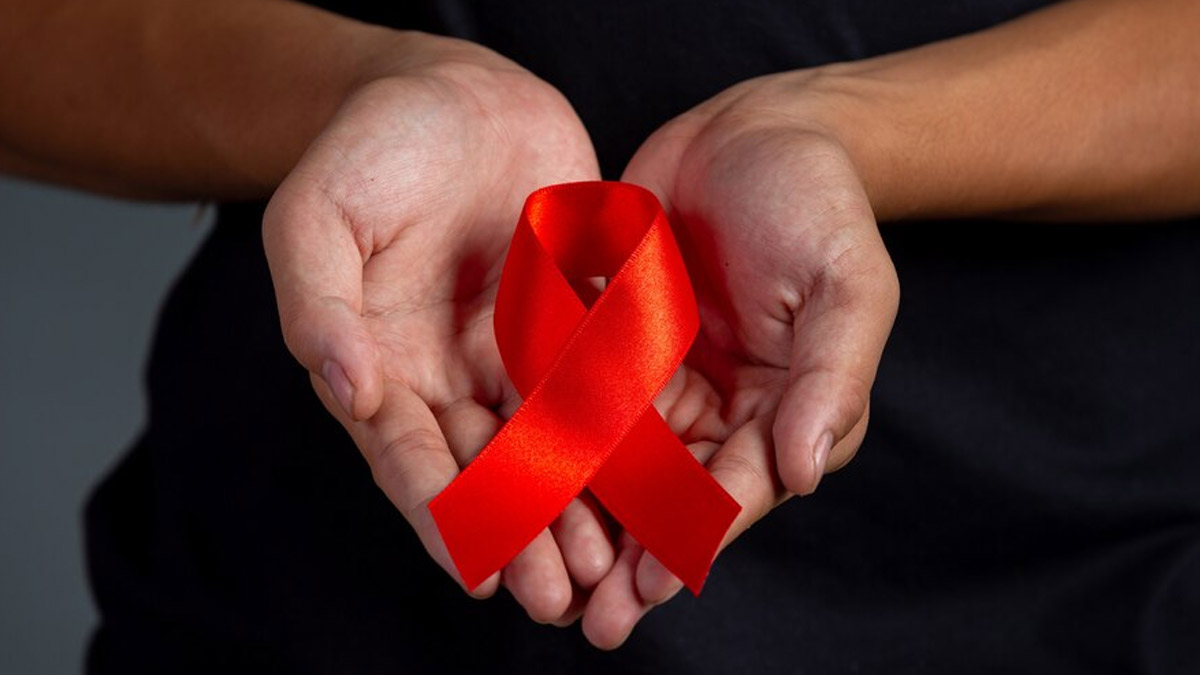
In an alarming and extremely concerning report, the Tripura State AIDS Control Society (TSACS) revealed today that 828 students have tested positive for Human Immunodeficiency Virus (HIV) and 47 students have died in the state.
Table of Content:-
Reporting these shocking facts, the Joint Director of the TSACS shared that they have identified up to 220 schools and 24 colleges and universities where students take injectable drugs, citing it as the prime risk factor for the state's Acquired Immunodeficiency Syndrome (AIDS) epidemic.
He added that most of these students come from privileged affluent families where both parents are government officials. “By the time they realise that their children fell prey to drugs, it was too late," he added.

How Intravenous Drugs Cause HIV
Intravenous drug use is a major driver of HIV transmission. According to the Centre for Disease Control and Prevention, sharing needles and syringes is a dangerous practice because it exposes users to infected blood. This blood-to-blood contact allows HIV, the virus that causes AIDS, to spread easily.
In many areas, a significant portion of new HIV infections is linked to this behaviour. Several factors contribute to this issue, including risky injection techniques, difficulty obtaining sterile needles, and the social exclusion of drug users. Sharing injection equipment dramatically increases the risk of HIV transmission because the virus can remain infectious in leftover blood outside the body.
Also Read: World AIDS Day: United Nations Say It Is Still Possible To End AIDS by 2030: Here's How

Warning Signs Of Aids
HIV, the virus that causes AIDS, is a serious health concern, but with proper treatment, people with HIV can live long and healthy lives. Early detection is key, so understanding the potential warning signs is crucial. It's important to remember these points shared by Penn Medicine:
- Not everyone experiences symptoms in the early stages of HIV infection.
- Early symptoms can be flu-like and easily mistaken for another illness.
- If you're concerned about potential exposure, getting tested is the best way to know your status.
Here are the signs you need to watch out for:
- Flu-like Symptoms: Fever, fatigue, headache, muscle aches, sore throat, swollen lymph nodes.
- Skin Issues: Reddish rash, unexplained bruising, or purplish spots on the skin.
- Mouth Problems: Mouth sores, thrush (yeast infection in the mouth).
- Weight Loss: Rapid weight loss without a clear cause.
- Night Sweats: Drenching sweats at night.
Remember that this list is not exhaustive, and experiencing any of these symptoms doesn't necessarily mean you have HIV. However, if you're concerned, get tested.
Also Read: UNICEF Shares That Girls Are Twice More Likely To Catch HIV, Expert Shares Preventive Measures
To curb this epidemic of HIV/AIDS, government bodies need to run harm reduction programmes that play a vital role in curbing HIV transmission among intravenous drug users. These programmes provide sterile needles and syringes, significantly reducing the risk of blood-borne infections like HIV. They often go beyond just equipment, offering counselling, testing services, and even referrals to addiction treatment.
However, effectively addressing the link between HIV and intravenous drug use demands a comprehensive approach. This means collaboration between public health officials, social service providers, and the community itself. By working together, we can create programmes that mitigate risks for drug users, promote access to treatment, and ultimately, support individuals struggling with addiction.
How we keep this article up to date:
We work with experts and keep a close eye on the latest in health and wellness. Whenever there is a new research or helpful information, we update our articles with accurate and useful advice.
Current Version